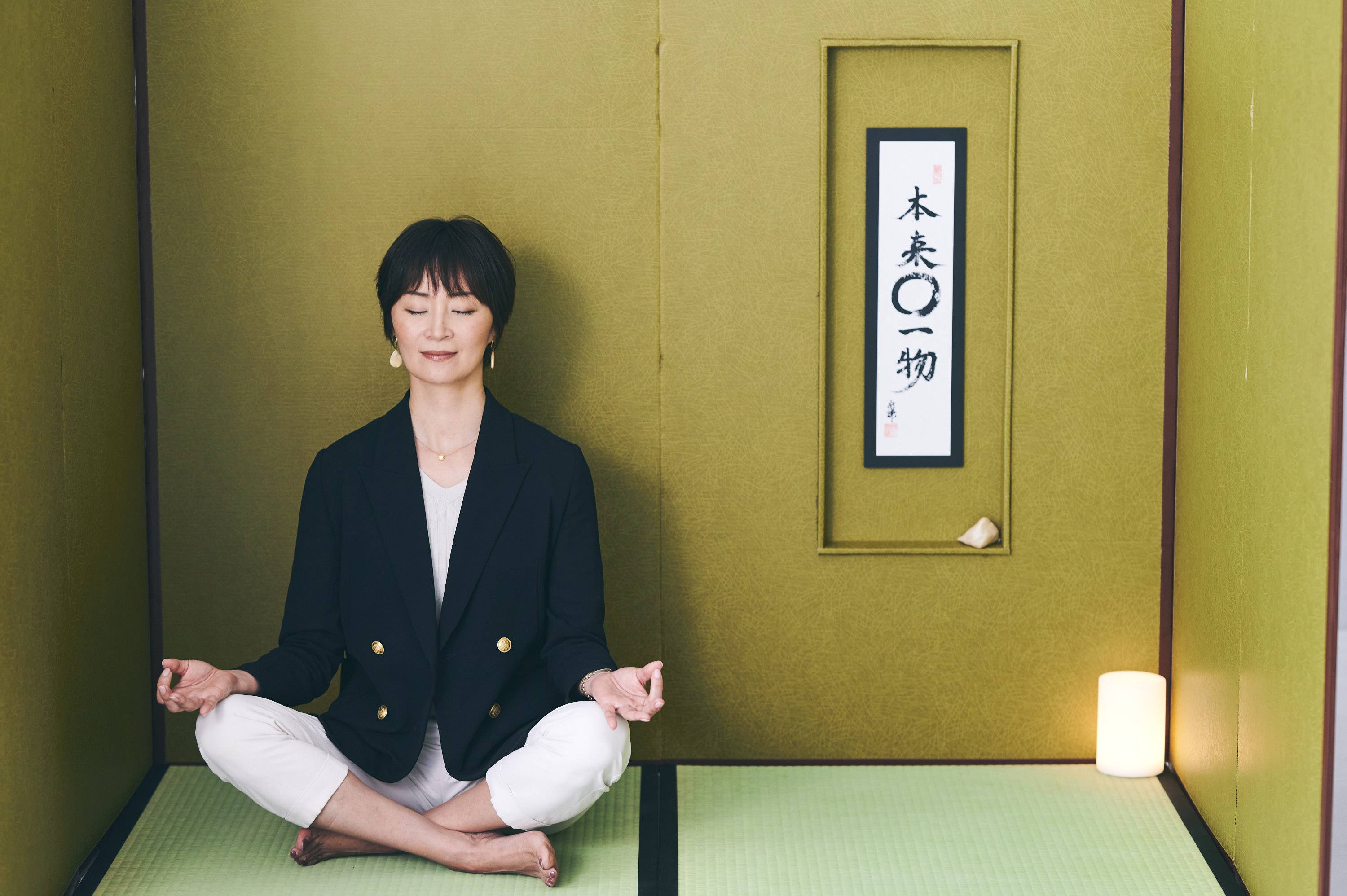The world, at least for a moment, is still.
Inside the two-mat chashitsu (tearoom), it’s quiet. From the small tokonoma (alcove), fragrance from a satchel of aromatic pebbles gathered from Awaji Island in the Seto Inland Sea mixes with the gentle scent of the fresh tatami underfoot. Above, the ceiling made of translucent washi (traditional Japanese paper) scatters and softens the light.
Breathe and unwind. If you have some, sip your tea.
















With your current subscription plan you can comment on stories. However, before writing your first comment, please create a display name in the Profile section of your subscriber account page.